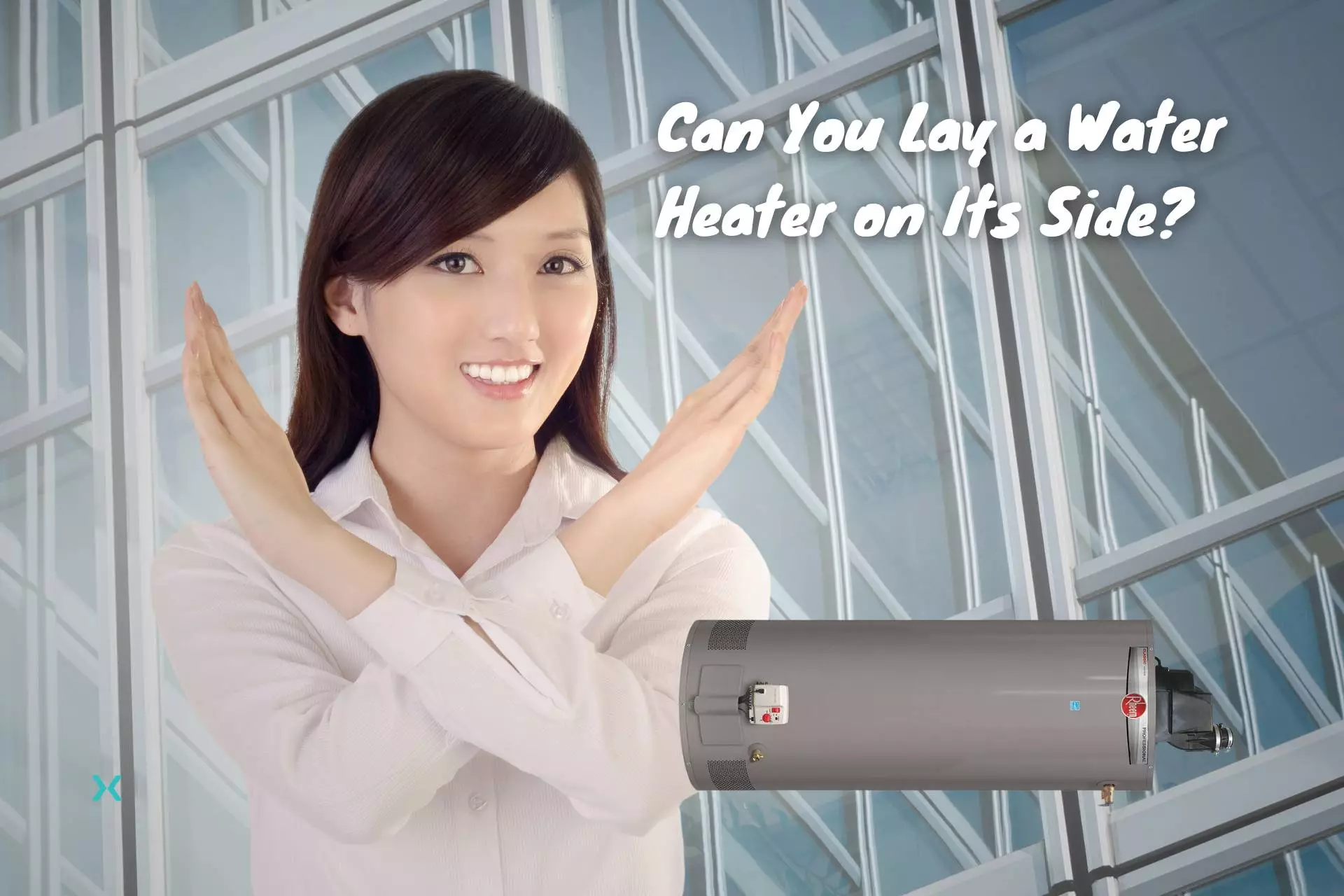Can You Lay a Water Heater on Its Side?
When it comes to water heaters, there are specific rules and guidelines to follow to ensure their proper functioning and longevity.
One common question that homeowners often ask is whether it is safe to lay a water heater on its side.
In this article, we will explore the structure of a water heater, the potential risks of laying it horizontally, proper handling and installation techniques, common troubleshooting problems, and when to call a professional plumber.
Table of Contents
💧 Understanding the Structure of a Water Heater
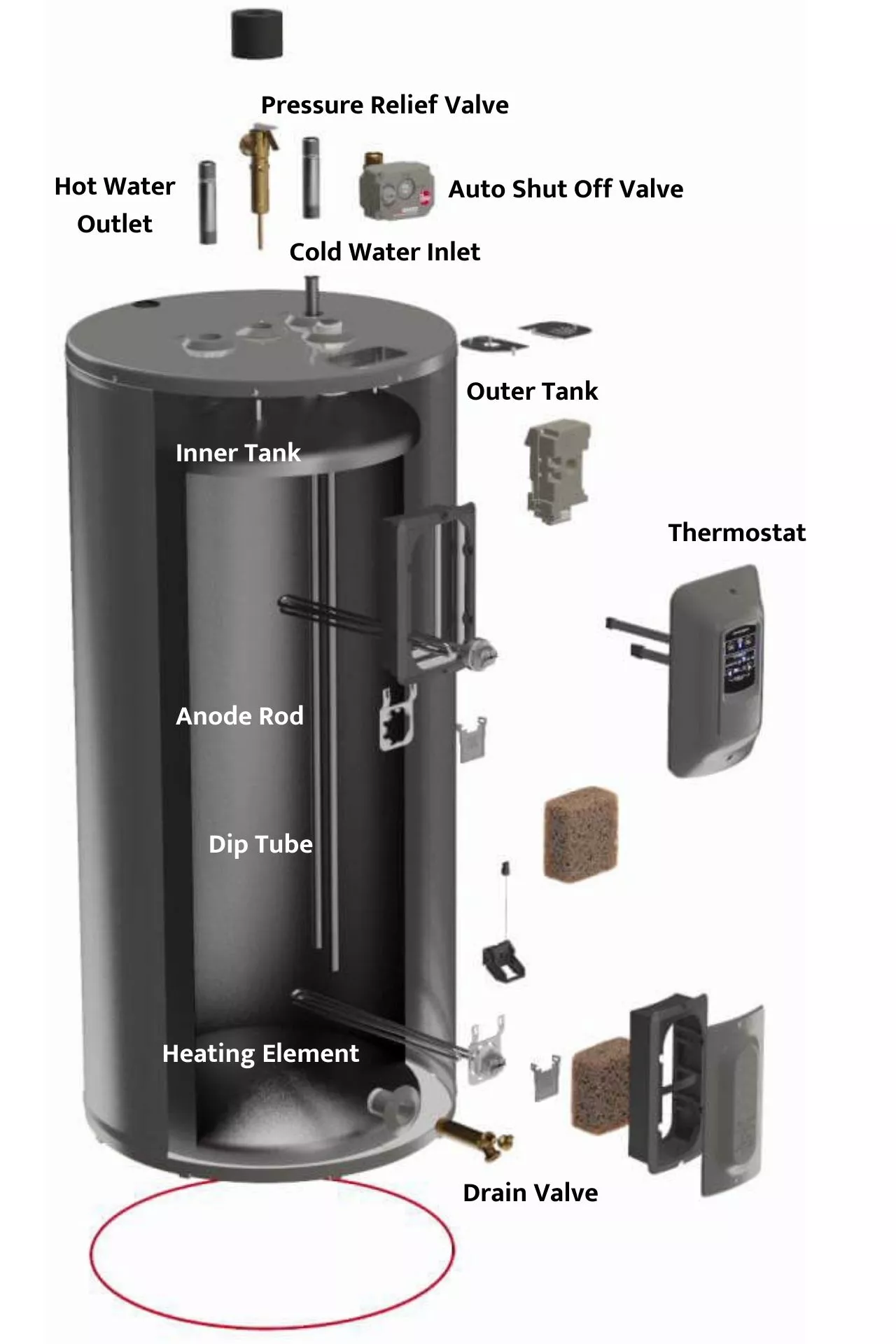
A water heater is a vital appliance in any household, providing hot water for various needs such as showers, dishwashing, and laundry.
It consists of several components that work together to heat and store water until needed.
Let’s take a closer look at the different components of a water heater:
1. Inner Tank
The inner tank is the heart of the water heater.
It is a large cylindrical container made of durable materials such as steel or glass-lined steel.
This tank is designed to hold a specific volume of water, which can range from 20 to 80 gallons, depending on the size of the water heater.
Inside the tank, dip tubes allow cold water to enter the tank at the bottom, ensuring that the incoming water is heated efficiently.
The inner tank is also equipped with an anode rod, which helps prevent corrosion and extends the water heater’s lifespan.
2. Outer Tank
Surrounding the inner tank is the outer tank, also known as the jacket.
This tank serves as an insulating layer to minimize heat loss.
It is typically made of foam insulation or other insulating materials, which help maintain the water temperature inside the tank.
The outer tank also provides protection for the inner tank, preventing damage from external factors such as physical impact or extreme temperatures.
3. Heating Element
The heating element is responsible for raising the water temperature inside the tank.
It can be powered by electricity or gas, depending on the type of water heater.
An electric water heater will have one or two heating elements, while gas water heaters use a burner located at the bottom of the tank.
When the heating element is activated, it generates heat, which is transferred to the water through direct contact or a heat exchanger.
This process gradually raises the temperature of the water to the desired level.
4. Thermostat
The thermostat is a crucial component that controls the water heater’s temperature.
It is usually located outside the tank and allows users to set the desired temperature.
Once the water reaches the set temperature, the thermostat signals the heating element to turn off, preventing overheating.
Modern water heaters often come with advanced thermostat features, such as digital displays and programmable settings, allowing users to customize their hot water preferences and optimize energy efficiency.
5. Pressure Relief Valve
Ensuring safety is paramount when it comes to water heaters.
The pressure relief valve is a vital safety feature that prevents the tank from exploding due to excessive pressure buildup.
It is typically located on the top or side of the tank and is designed to release excess pressure if it exceeds a certain threshold.
If the pressure inside the tank becomes too high, the relief valve opens, allowing water to escape and reducing the pressure to a safe level.
This prevents potential accidents and damage to the water heater.
6. Inlet and Outlet Pipes
Inlet and outlet pipes connect the water heater to the plumbing system.
The inlet pipe brings cold water from the main water supply into the tank, while the outlet pipe carries the hot water to the various hot water faucets and appliances in the rest of the house.
These pipes are usually made of copper pipes or plastic and are equipped with shut-off valves that allow users to control the water flow.
The inlet and outlet pipes facilitate water movement into and out of the tank, ensuring a constant hot water supply.
💧 How a Water Heater Works
Now that we understand the different components of a water heater let’s take a closer look at how it operates:
1. When you turn on a hot water tap, cold water enters the water tank through the inlet pipe, displacing the hot water that is pushed out through the outlet pipe.
2. The heating element, whether from an electric water heater or gas water heater, kicks in to bring the new cold water up to the desired temperature. It continuously heats the water as it flows through the tank, ensuring a steady hot water supply.
3. Once the water reaches the set temperature, the thermostat signals the heating element to turn off, preventing further heating and conserving energy.
4. The hot water is then ready for various purposes, such as showers, washing dishes, or doing laundry.
Understanding the structure and operation of a water heater is essential for maintaining its efficiency and ensuring a reliable hot water supply in your home.
Regular maintenance, such as flushing the tank to remove sediment buildup and checking the pressure valve, can help prolong the lifespan of your water heater and optimize its performance.
💧 Risks of Laying a Water Heater on Its Side

While it may seem tempting to lay a water heater on its side, doing so can pose several risks to its proper functioning and overall safety.
❌ Potential Damage to the Inner Tank
Laying a water heater on its side can cause damage to the inner tank, which is typically made of glass-lined steel or other durable materials.
The tank’s weight and water can put stress on the walls, potentially leading to cracks or leaks.
❌ Impact on the Heating Element
The heating element inside the water heater is designed to be positioned vertically.
Laying the hot water heater down on its side can disrupt the element’s alignment, affecting its ability to heat the water effectively.
This can result in inadequate hot water supply or increased energy consumption.
❌ Risk of Water Leakage
Even if a water heater does not show immediate signs of damage when laid horizontally, there is still a risk of water leakage over time.
The inner tank may weaken or form weak spots, leading to leaks that can cause significant water damage and mold growth.
💧 Proper Handling and Installation of Water Heaters
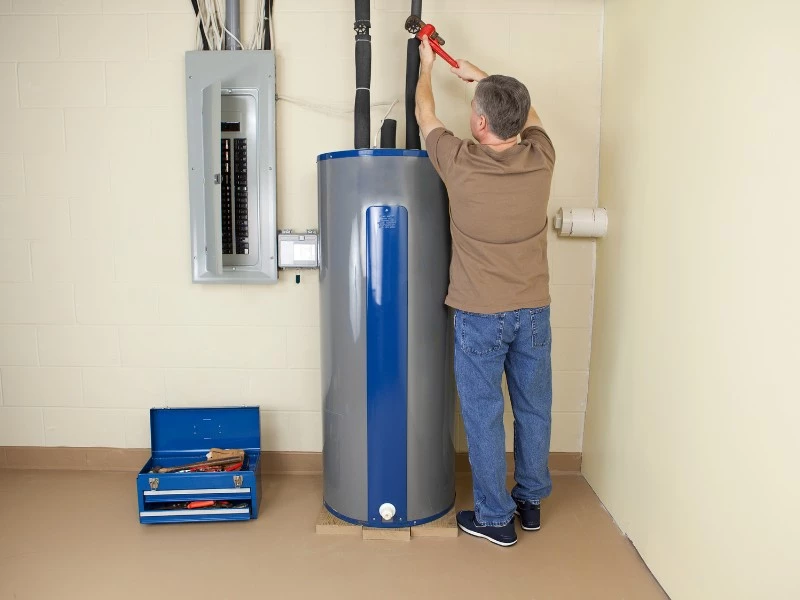
Managing a water heater effectively involves key measures that ensure the safety and performance of the system’s internal components.
It’s not just about getting your water heater to work but rather about ensuring it works efficiently and lasts for years to come.
✔️ Precautions During Transportation
Transporting a water heater may seem like a daunting task, given its heavy load.
However, it can be done safely and effectively with the right approach and tools.
✋ Remember, the orientation of a water heater matters.
Always keep it upright—think of it as standing the water heater vertically.
This position helps maintain the integrity of the internal components and prevents any unnecessary strain on them.
Securing the water heater is another critical step in safe transportation.
Using ratchet straps can ensure that it doesn’t tip or fall during the journey.
These ratchet straps provide a tight grip and prevent movement that could damage the unit.
It’s also crucial to protect the water heater from any external damage.
Wrapping it in bubble wrap or using furniture pads or moving blankets can provide an extra layer of protection, absorbing shocks and preventing scratches.
Finally, never stack heavy objects on the water heater during transport.
The added weight can damage the inner tank, affecting its efficiency and lifespan.
Also, ensure you drive carefully while you safely transport a water heater.
Remember, a little precaution goes a long way in maintaining the health and longevity of your water heater.
✔️ Steps for Safe Installation
During installation, it is crucial to follow the manufacturer’s instructions carefully.
Ensure the water heater is placed in a well-ventilated area that meets the necessary clearance requirements.
Connect the inlet, vent pipe, and outlet pipes correctly, and check all connections for leaks.
If it’s a gas heater, the gas supply needs to be connected correctly and is best done by a professional gas fitter or qualified plumber.
Incorporating a pressure relief valve is strongly recommended to ensure the safety and longevity of your water heater.
This critical component safeguards against extreme pressure accumulation within the system.
It’s not just a good idea—it’s an essential step in responsible home maintenance.
Remember, a well-maintained water heater isn’t just about comfort. It’s about peace of mind.
💧 Troubleshooting Common Water Heater Problems
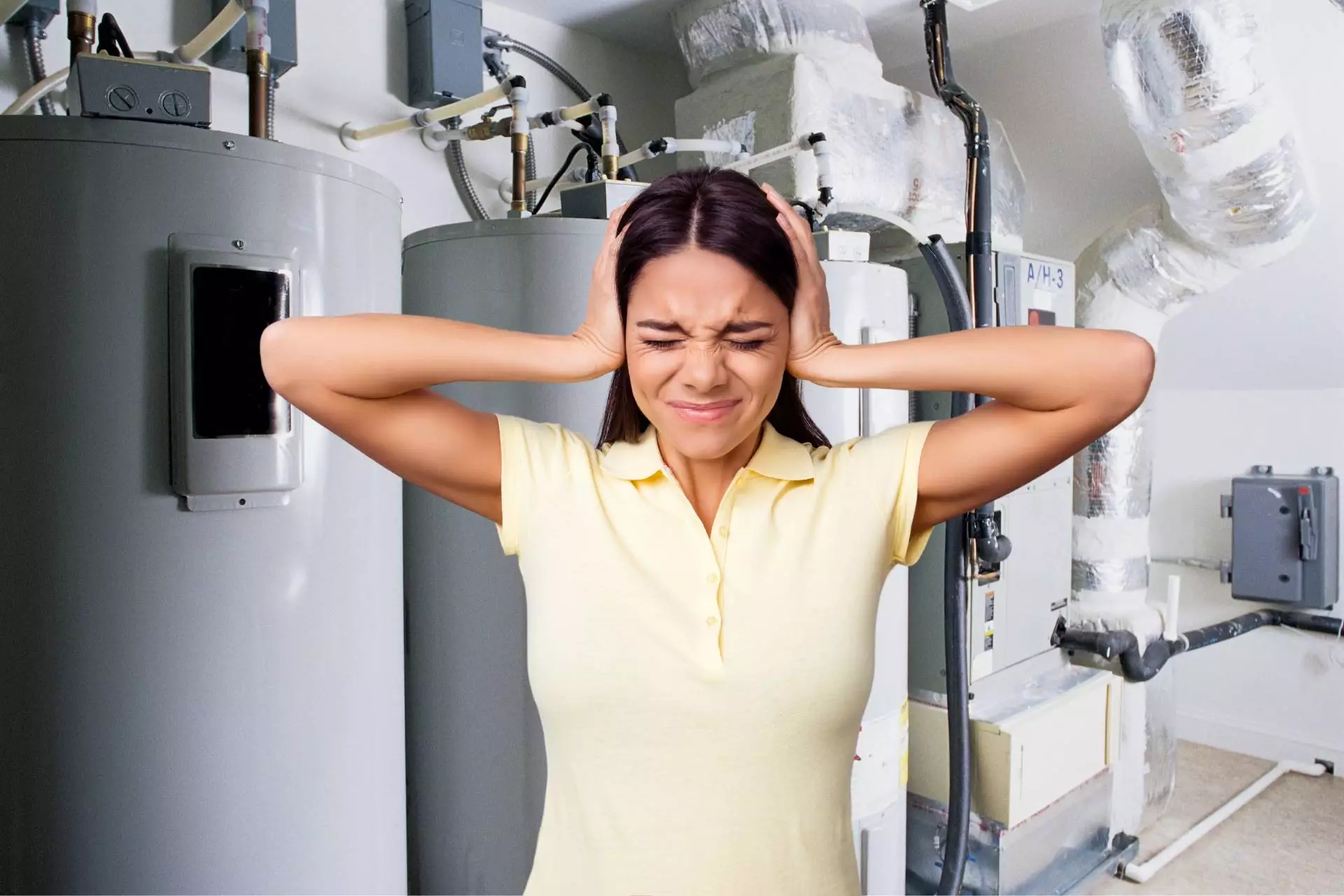
Water heaters, like any mechanical device, can experience problems occasionally. Here are some common issues that homeowners may encounter.
🧰 Inadequate Hot Water Supply
If you find that your water heater is no longer providing enough hot water, there may be various causes.
It could be a problem with the thermostat, a faulty heating element, or sediment buildup in the tank.
Flushing the tank and checking the thermostat and heating element can help identify and resolve the issue.
🧰 Noisy Water Heater
If your water heater makes unusual noises, such as popping or rumbling sounds, it could indicate sediment buildup in the tank.
Flushing the tank can help remove the sediment and restore the heater’s efficiency.
📗 Related Reading: Why Is My Hot Water Heater Making Noise When Water Is Off?
📗 Related Reading: Water Heater Knocking Sound: DIY Solutions for a Quieter Home
🧰 Water Heater Leaks
Water leaking from your water heater is a clear indication of a problem.
A leaking valve, a crack in the tank, or loose connections can cause it.
Identifying the source of the leak and taking appropriate action, such as tightening connections or replacing faulty parts, can help resolve the issue.
📗 Related Reading: How to Fix a Water Heater Leaking from Drain Valve
💧 When to Call a Professional Plumber

While some water heater issues can be resolved with basic troubleshooting, there are situations where it is best to seek the expertise of a professional plumber.
🔧 Signs Your Water Heater Needs Repair
If you notice any of the following signs, it is advisable to call a plumber for water heater repair:
- Inconsistent hot water supply
- Visible water leaks
- Strange odors coming from the water heater
- Unusual noises when the heater is running
🔧 Choosing a Reliable Plumbing Service
Choosing a reliable and reputable service provider is important when selecting a plumber to repair or replace your water heater.
Consider factors such as their qualifications, experience, customer reviews, and pricing.
Don’t hesitate to ask for references or get multiple quotes before making a decision.
💧 Final Thoughts on Water Heaters
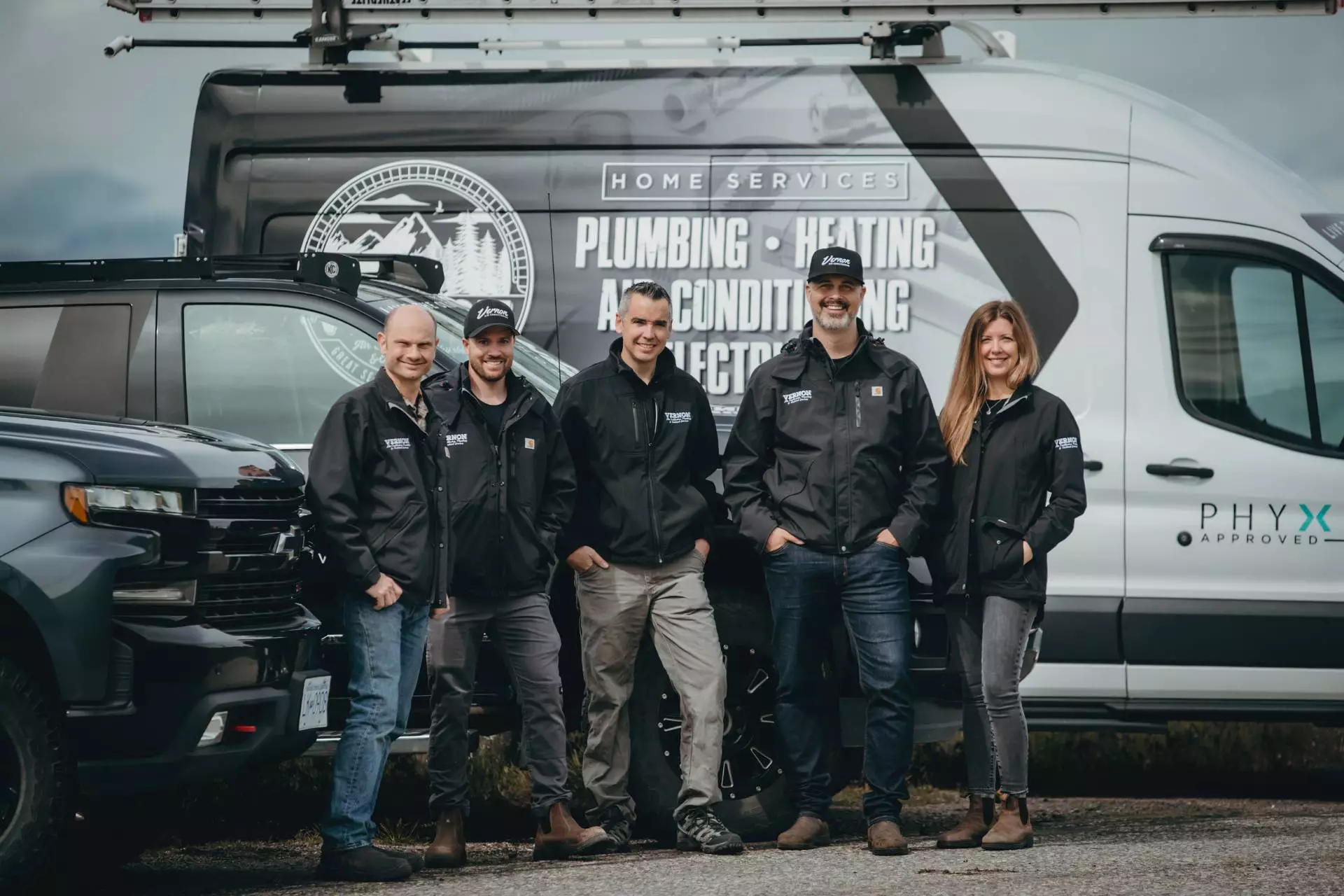
By understanding the structure of a water heater, the risks associated with laying it on its side, proper handling and installation techniques, common troubleshooting problems, and when to call a professional plumber, you can ensure the longevity and efficient operation of your water heater.
Remember, it is always better to err on the side of caution regarding the safety of your home and appliances.
Looking to learn more about your home’s plumbing system? Feel free to check out our other plumbing articles for residential homeowners!
📗 Related Reading: DIY Guide to 15 Common Plumbing Problems & Solutions

